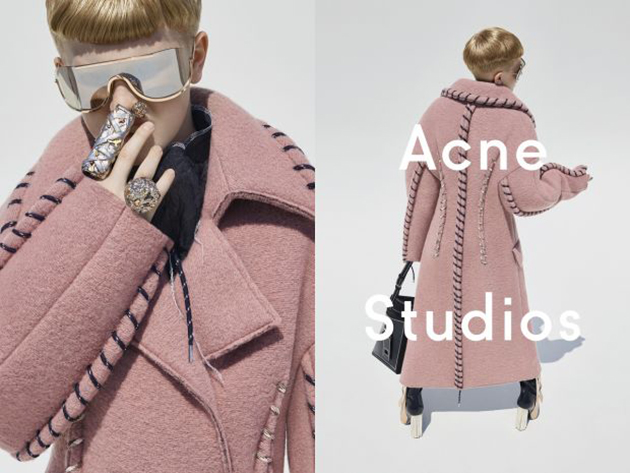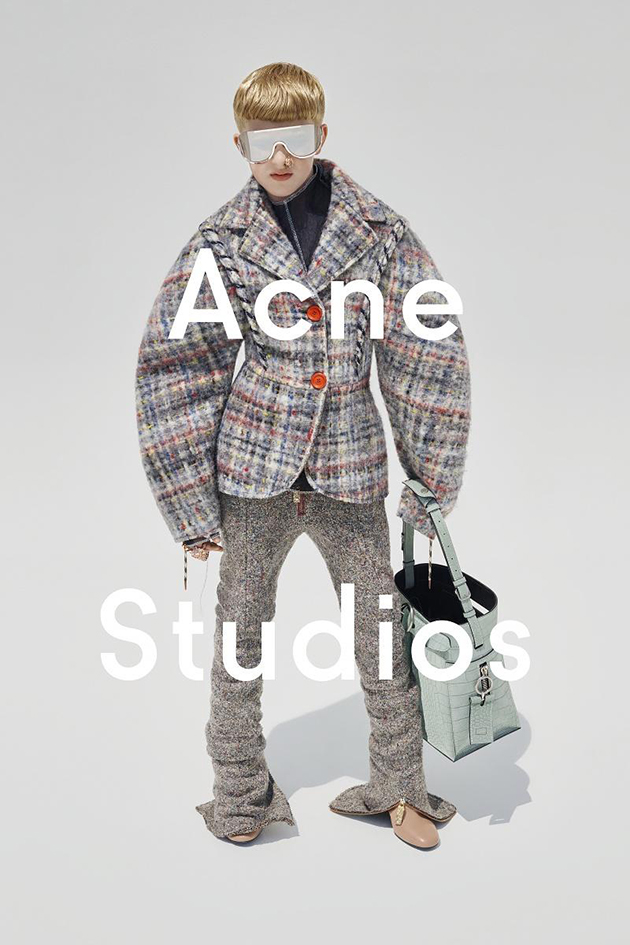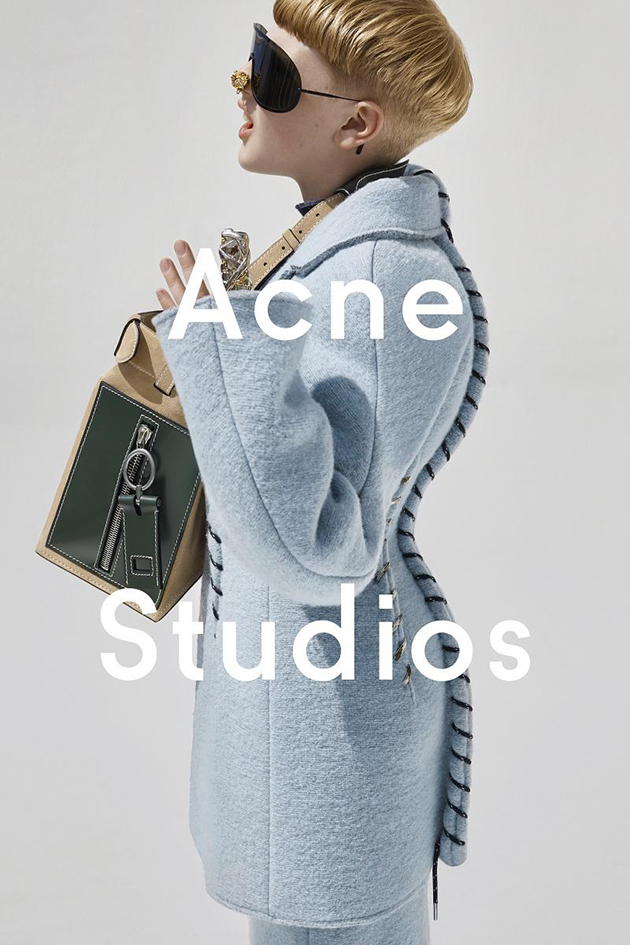
Transgender approaches, gender fluidity and blurred gender roles are all a part of the current fashion picture as well as being a subject of the political debate. The latest fashion brand to interpret and incorporate an open approach to gender roles is Acne. For their Fall campaign, the founder’s 11-year old son Johnny Johansson modelled their womenswear collection – perhaps as a consequence of the growing awareness of the need to shape more including and individual ways of defining identities and portraying our personalities. In fact, the Swedish brand is just one of many other fashion labels that have drawn attention to questions of gender through their campaigns and fashion shows. The history is filled with examples of brands that have contributed to the development of gender fluidity in the fashion world. For this Fall, Gucci, Proenza Schouler and Chanel, for example, sent men down the womenswear runway while Givenchy, Giorgio Armani, Saint Laurent, Raf Simons, and Moschino did the opposite and cast women in the menswear shows. Other notable examples are Givenchy’s Fall campaign for 2010, Barneys’ spring 2014 campaign and Jean Paul Gaultier’s shows, in all of which transgender models were included.

Fashion is both a tool for confirming and breaking gender roles – a truth Marlene Dietrich taught us when she dressed in depression-era tuxedos and hats. The world of fashion is by it’s nature a progressive one, always moving forward – sometimes more rapidly than the the rest of the society. Gender breaking and redefinition are therefore nothing new to fashion, but it has grown to become more and more mainstream, to now be included in campaigns and shows of many of the biggest brands. Alessandro Michele, the new creative director of Gucci said that his choice to dress male models in womenswear is a recording of what is happening around us, a strong affirmation for freedom that is beyond labelling. We are just wishing the rest of the society could see that and develop alongside fashion.


